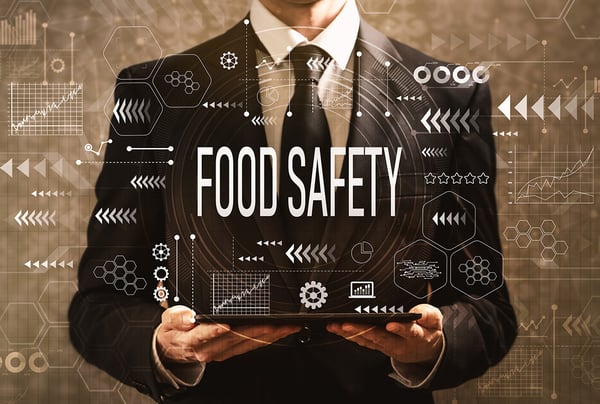It’s not easy to run a foodservice operation even in ordinary times.
Now try it in the midst of a pandemic that has forced the closure of in-store dining across the nation, thanks to lockdown and shelter-in-place orders designed to prevent the spread of COVID-19. The result has been massive revenue and job losses and store closures. The industry is likely to lose hundreds of billions of dollars in revenue by the end of 2020.
“It has been staggering,” says Sean Kennedy, National Restaurant Association public affairs vice president. “We’re such an incredibly social facing industry.”
 As a result, as restaurants consider how best to reopen and serve the public while COVID-19 still lies in wait, rigorous sanitation and safety processes will be critical to protecting staff, guests, and brand reputation.
As a result, as restaurants consider how best to reopen and serve the public while COVID-19 still lies in wait, rigorous sanitation and safety processes will be critical to protecting staff, guests, and brand reputation.
But how do you know if store staff are actually doing everything they need to do?
Oversight and management of food safety practices tend to fall on store managers, and lingering cultures of secrecy rather than transparency often means that food safety issues never get communicated up the food chain. As a result, top level leaders may not know what’s happening with food safety inside their stores.
That was true even before COVID-19, but the pandemic turns that lack of transparency and insight into a critical and potentially existential issue.
That’s because the decisions that C- and VP-level executives must make rely on an accurate understanding of the state of safety practices within their organization. If they aren’t actively involved in food safety and infection prevention processes, and they lack relevant data, they may end up making poor business decisions.
That bears repeating: you can’t make the right calls if you have too little insight into what’s happening in your stores.
This may even have legal implications. What if a worker or guest can trace their exposure to COVID-19 back to your brand? Consumers are only too happy to turn to litigation. Reason.com reports on "the rise of the food-related lawsuit,” including a huge increase in food class-action lawsuits (FCAs) described by the US Chamber of Commerce's Institute for Legal Reform as a "surge."
And the coronavirus hasn’t eliminated other foodborne illnesses from the menu of potential disasters: listeria, salmonella, E. coli, and more are still lurking in the background. Now, more than ever, restaurants cannot afford any problem that would drive guests away.
The solution is investment in food safety technology that can produce usable data easily accessible to leaders and executives. One key component: the technology should allow for above-unit visibility that gives executives access data about (1) the entire organization at once, (2) specific regions, and (3) down to individual stores. Without being able to parse data in this way, they will lose visibility into what’s happening in their stores.
But with such a solution in place, while workers focus on preparing the safest and most satisfying meals and serving customers with style, the data-procuring technology that hums in the background can give executives the tools to know exactly – and even predict accurately – what they should do next.
ComplianceMate™ streamlines HACCP compliance checklist and cooler monitoring for thousands of restaurant locations across the US and globally. With award-winning wireless temperature sensors, mobile technologies, and easy-to-use tools, ComplianceMate™ gives users total control over food safety and compliance.


